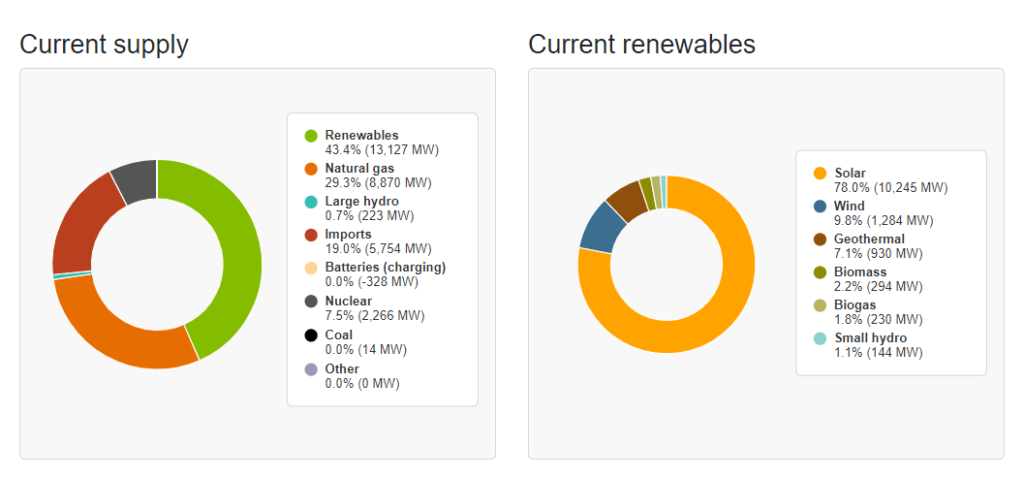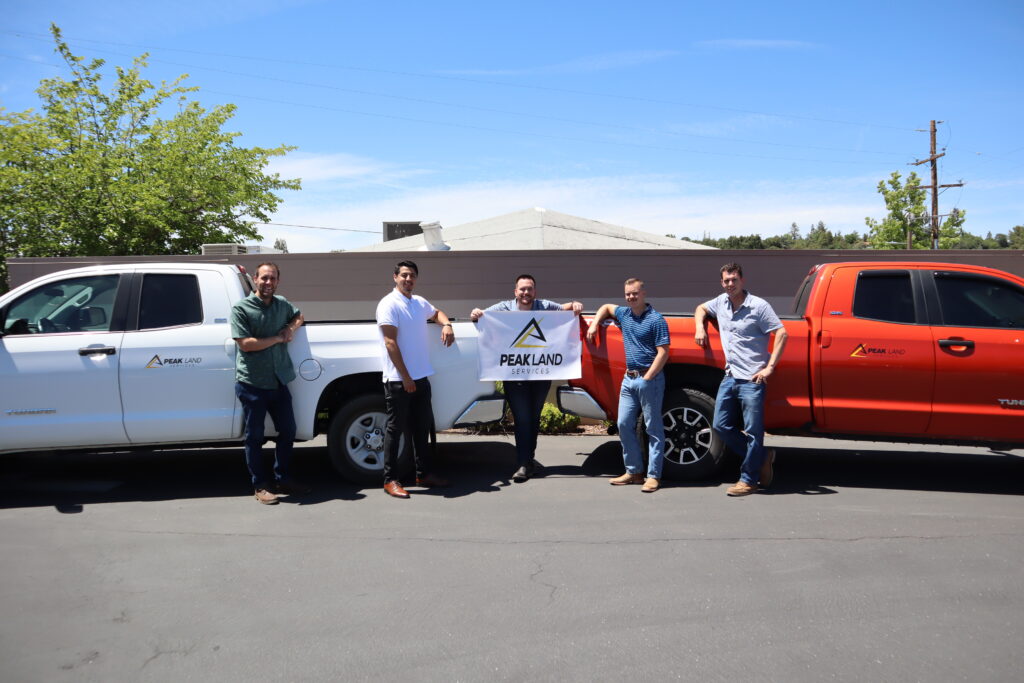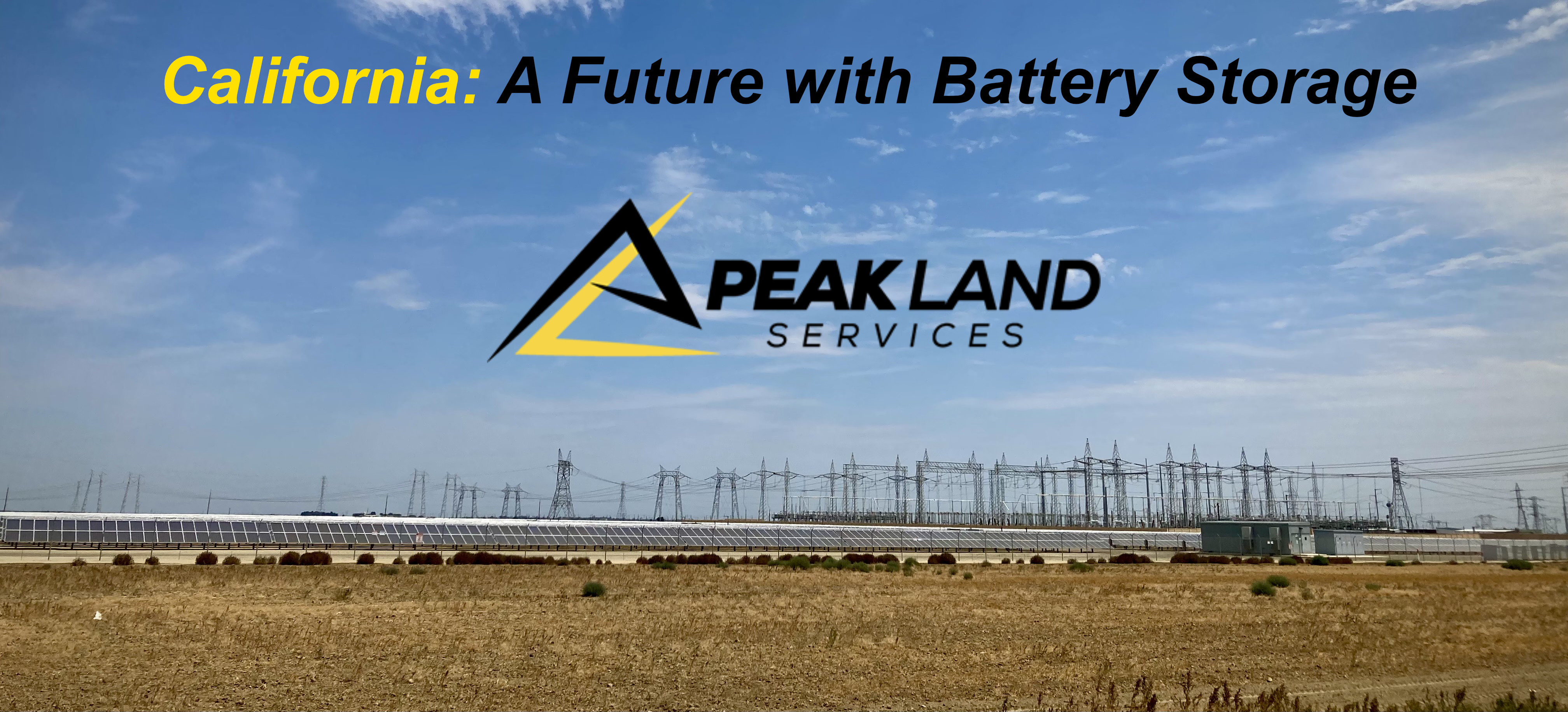Background:
As California continues to lead the way in implementing renewable power generation, our grid operators continue to adapt and apply new technologies to keep up. Electricity generation and management is the responsibility of many parties including private and public utility companies, the private business industry, homeowners, legislators and policy makers, the California Public Utilities Commission (CPUC), and finally the California Independent Service Operator.
According to their website, “the ISO manages the flow of electricity across the high-voltage, long-distance power lines for the grid serving 80 percent of California and a small part of Nevada. While utilities still own transmission assets, the ISO controls the routing of electrons, maximizing transmission system efficiency and generation resources, and supervising maintenance of the lines. As the nerve center for the power grid, the ISO matches buyers and sellers of electricity, facilitating over 28,000 market transactions every day to ensure enough power is on hand to meet demand.”
While many people may not consider where electricity comes from when they turn on the lights, it is a complex process that is managed carefully and balanced by grid operators at the ISO and utility companies. Both the ISO and utility companies are responsible for much of the generation of that electricity, and the transmission (long distance) movement and distribution (local) movement of the electricity we have all come to rely on. As more homeowners and businesses deploy solar panels and other green technologies, managing the balance of electric supply and demand becomes trickier.

California’s electricity supply is diversified by many forms of generation. The two largest categories include renewables and natural gas. Among renewable sources, solar accounts for over 75% of electricity generation. Data as of June 29th, 2021.
Renewable Supply and Demand:
As more solar capacity is added to the grid each year, our ability to use this power increases – so long as it is readily available when needed. The challenge with renewable technologies like solar and wind generation is that they are intermittent sources of energy. When it’s sunny outside or the wind is blowing, these sources of power can make up a portion of the electric generation mix, but on a cloudy or still day, they cannot be relied upon, therefore requiring backup systems such as natural gas power plants to step and generate electricity. Furthermore, in each given day the supply of these intermittent sources is variable as the demand for electricity also fluctuates. Along with the daily variance in energy supply, seasonal variance also occurs as summer months have the capacity to produce more solar power than winter months.

As seen above, solar energy (green line) is produced from about 7am to 4pm until it declines significantly as the sun sets. Natural gas (orange line) typically has to take over to power the grid during the heavily used evening hours of 5pm – 9pm.
The Role of Battery Storage:
Now that we’ve identified how renewables are helpful in providing electricity, it’s crucial to figure out how to maximize their potential to the grid. Battery storage is probably one of the best ways we can ensure that renewable energy is able to be maximized and available for use when needed. Whether it’s a small-scale battery attached to a residential PV system, or a multi-acre industrial storage solution, each addition will be helpful in allowing us to better harness the power of renewable generation sources and make that energy available to the grid when we might otherwise need to ramp up non-renewable power sources. When solar and wind generation are at their peak, battery storage can charge up and store this electricity until the grid is demanding more energy and there are fewer renewable sources to tap into. This short-term storage can help even out the supply and demand gaps throughout the day, therefore reducing our reliance on other forms of power generation such as natural gas power plants.

Renewable energy supply for a typical summer day in California. Maximum production usually peaks around noon and then declines until sunset with solar (yellow line) clearly accounting for the largest amount of electricity produced. Wind, the second most utilized renewable source is relatively stable throughout a 24-hour period but it is still an intermittent source of energy.
Exciting Advances:
In recent years, advancements in battery technology and energy management systems have improved drastically. Some improvements include lower degradation rates for batteries increasing their service life, faster charging times, and smart management systems that can measure and predict available sunlight to optimize state-of-charge (SOC) and peak output in real-time. Santa Monica based B2U Storage Solutions is even getting creative by re-purposing used EV packs from electric vehicles into battery storage solutions.
The transportation and logistics industries are also undergoing an electrification revolution. From passenger vehicles to Amazon’s new delivery fleet, EVs are fast gaining popularity and market share. The transportation sector is certainly focused on advancing battery technology and will benefit from the adoption of integrated battery storage (assuming battery manufacturers can keep up).

A typical electric demand curve for California in late June. Peak power demand occurs between 5pm – 9pm.
How We Can Help:
Peak Land Services continues to help private companies identify and acquire parcels of land that are well-suited for battery storage sites. Our experienced land agents are ready to recognize sites that meet our clients’ criteria, negotiate with property owners to secure options, leases and easements, and perform the necessary due diligence to secure clean title for your next project. Our experienced team is ready to work within tight application deadlines to ensure your project can make it to the interconnection phase on schedule. Contact us today to see how we can add value on your next project!

Our California team is ready to tackle your next project!




